TABLE OF CONTENTS
Hemp’s fiber, flowers, and seeds have thousands of industrial uses, ranging from bioplastics, biofuel, clothing, food, and much more. Harvesting hemp properly is vital to its quality and marketability. Above all, industrial hemp must test below 0.3% THC to remain federally compliant.
If you’re interested in learning how to harvest hemp like a pro, our harvesting guide breaks down the equipment needed, the factors to consider, and the perfect time to harvest your hemp crops. Becoming a part of the hemp industry is easier than ever!
Preparing for Hemp Harvest Season
Cannabis is an annual plant that generally grows from seed to plant in 90-120 days. Its flowering period takes about two months to complete in the wild. When grown indoors or in a greenhouse, hemp plants can be harvested three to five times a year.
When grown outdoors, hemp begins to flower when the days get shorter and the nights get longer. Across the country, most hemp growers prepare ahead of the harvesting season in October, also known as Croptober.
Determining Your Labor Needs
Even if you’re planning to grow a few acres of industrial hemp, you still need to consider how much labor you’ll need to harvest your plants quickly and efficiently during your short window of time. If you don’t have enough labor, your harvest can fall behind schedule, allowing the plants to mature and go past the THC limit.
If growing hemp for its smokable flower, you can start by harvesting the top flowers first and letting the lower flowers mature a bit more before harvesting them. This gives you time to keep THC levels down. To harvest five to six acres of hemp per day, we recommend about 15 workers per farm.
Timing a Hemp Harvest
Harvesting hemp properly is all about timing. The perfect harvesting window will vary depending on if you’re harvesting your hemp crop for seeds, fiber, or flowers. Other factors that affect harvesting times include climate and strain genetics.
When harvesting hemp for flowers, farmers must pay close attention to the trichomes’ color. When they turn from clear and translucent to a milky white color, it is time to harvest.
If growing hemp for fiber, you’ll want to ensure you have enough volume of high-quality stalks. When harvesting seeds, make sure you have the highest seed yield with lowest amount of immature seeds.
Harvesting Hemp by Hand
In some instances, harvesting hemp plants by hand is the right choice instead of using a combine. Harvesting hemp plants by hand can require more labor, time, and cost compared to using a combine.
However, hand-harvesting can help preserve the structure and trichomes of hemp flowers, if harvesting them for smokable hemp flower or CBD extraction. Furthermore, manual harvests are recommended for small farms that don’t have access to costly equipment.
Harvesting Hemp with a Combine
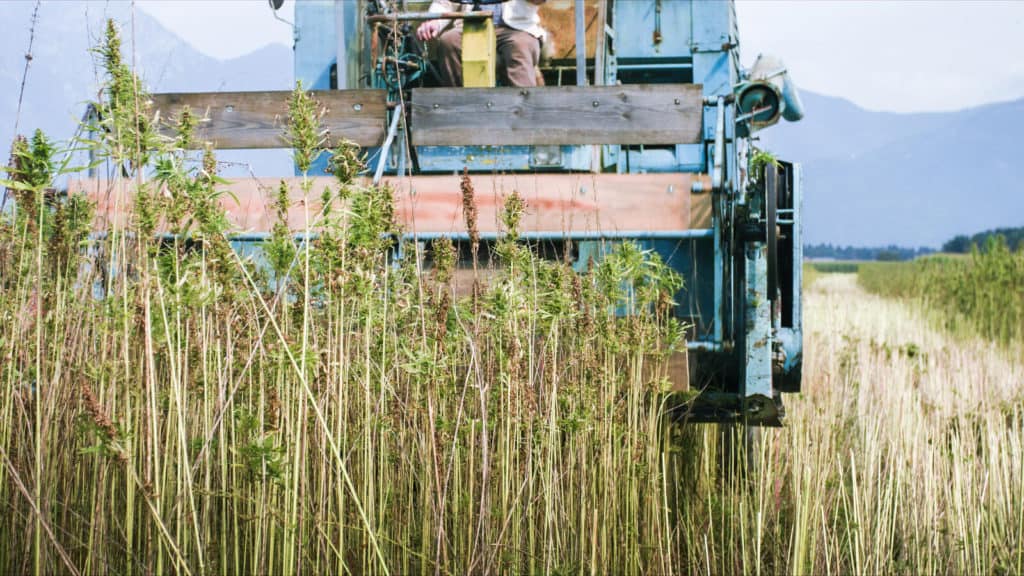
If growing industrial hemp for its seeds, we recommend using a combine for fast and efficient harvesting. A combine can harvest hemp crops about 40 feet wide at a time. For commercial hemp farmers, a combine is the most cost-effective harvesting solution.
Before harvesting industrial hemp with a combine, assess the field for swathing capabilities. If you expect rain or hail, the excess moisture can increase the risk of microbial contamination. In addition, ensure seed moisture levels are above 15% before harvesting to avoid seed damage.
Testing Your Hemp Plant Throughout the Process
Throughout every step of the cultivation process, including the harvest, hemp farmers are recommended to test their plants for quality and chemical composition. If a hemp crop tests significantly above 0.3% THC, the crop must be destroyed.
If harvesting industrial hemp for flowers, you want to test your plants starting from the vegetative stage to ensure they are federally compliant and test after harvest to confirm their CBD and THC concentration. Analytical testing also checks for pesticides, heavy metals, mold, and other contaminants.
When harvesting your crop for hemp stalks and fiber, CBD concentration is not that important. However, we recommend testing before harvest to ensure the plants are under the 0.3% THC cutoff and do not have contaminants.
If harvesting for hemp seeds, we recommend testing your plants during their vegetative stage, before harvest, and after harvest to ensure they are federally compliant. Regular testing not only protects your crop from destruction but also makes it more marketable.
Drying and Curing Hemp
Hemp producers can choose to dry and cure their entire crop on-site or send it to a processor for drying and curing after harvesting. Post-harvesting techniques will vary depending on if you’re growing hemp for flowers or other byproducts.
Drying hemp improves the crop’s quality, potency, aroma, and flavor. Improper curing practices can increase the risk of mold and mildew formation. Drying usually occurs in an enclosed structure (barn, shed, etc.) with proper ventilation using fans.
Hemp farmers may lay their hemp over racks or screens to dry or hang the hemp branches upside down from wires. If hanging hemp branches up from wires, we recommend cutting about 12-inch branches and removing the fan leaves before hanging them up.
“
There are over 300,000 jobs in the cannabis industry. CTU trained me for one of them!

Makes $24.50 @ THC +
How do you know when your hemp is dry? Hemp farmers will wait until the hemp is below 15% moisture or when the branches break apart with an audible snap instead of bending. Curing hemp flowers in airtight jars helps remove extra moisture and improve its flavor and aroma.
Learn How to Harvest Hemp and How to Grow it from Seed to Plant with CTU
Are you interested in learning how to grow hemp for personal or commercial purposes? If so, enrolling in Cannabis Training University’s online expert training can help. Our comprehensive and affordable cannabis training program give you the knowledge you need to level up your hobby or business. Enroll today!

Fred Hernandez
Fred Hernandez is a highly accomplished and versatile writer, boasting an extensive background in the cannabis industry. With an in-depth understanding of various sectors including cultivators, processors, retailers, and brands, Fred's expertise spans across the entire cannabis landscape. As a prominent contributor to CTU, he consistently delivers insightful articles exploring the latest developments, news, and regulations shaping the cannabis industry. Whether it's delving into the intricacies of cannabis products, cannabis strain reviews, or providing comprehensive analyses of cannabis laws, or sharing expert insights on cannabis cultivation techniques, Fred's wealth of knowledge positions him as an invaluable writer and educator for all cannabis-related subjects.


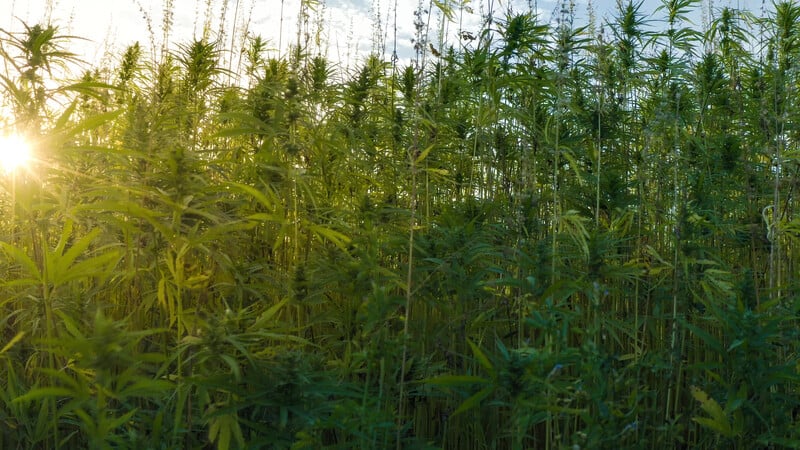



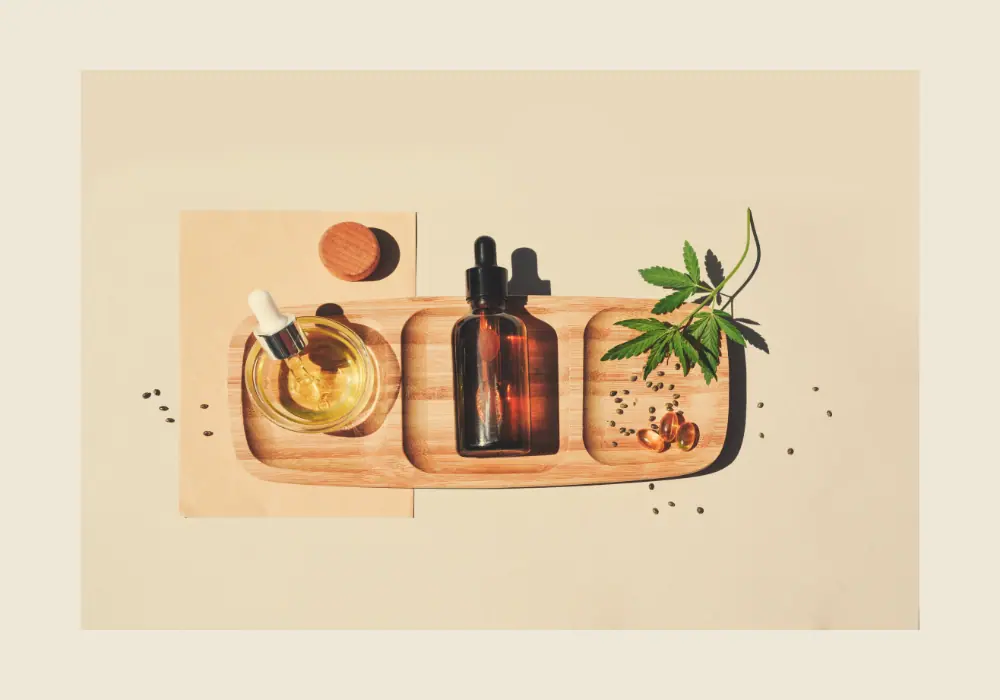

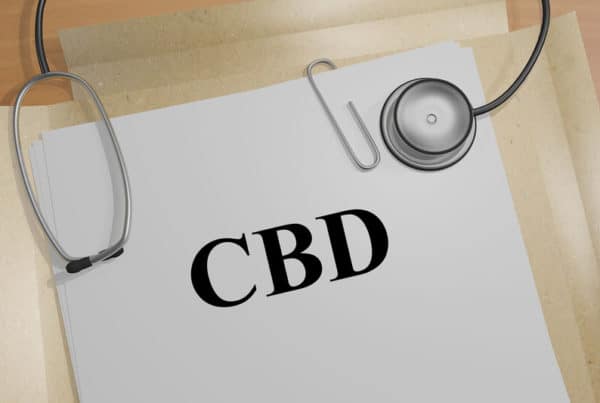
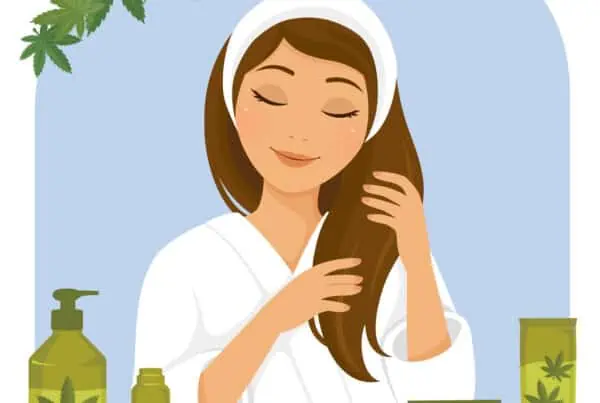
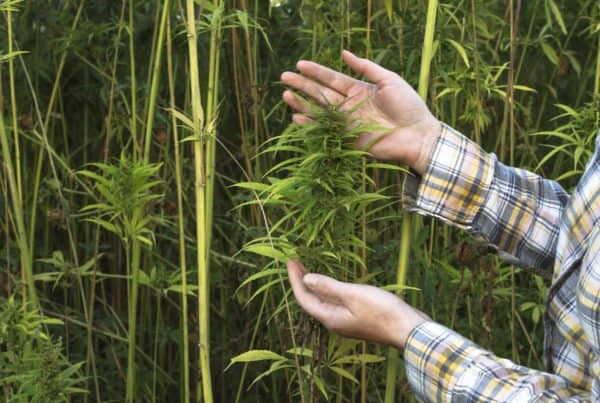

 Jeff was involved in an accident where he endured a traumatic brain injury. He had a week-long stay in ICU where brain surgeons
Jeff was involved in an accident where he endured a traumatic brain injury. He had a week-long stay in ICU where brain surgeons  100% risk free money back guarantee within 48 hours after purchase if student has not completed any of the courses or exams.
100% risk free money back guarantee within 48 hours after purchase if student has not completed any of the courses or exams.